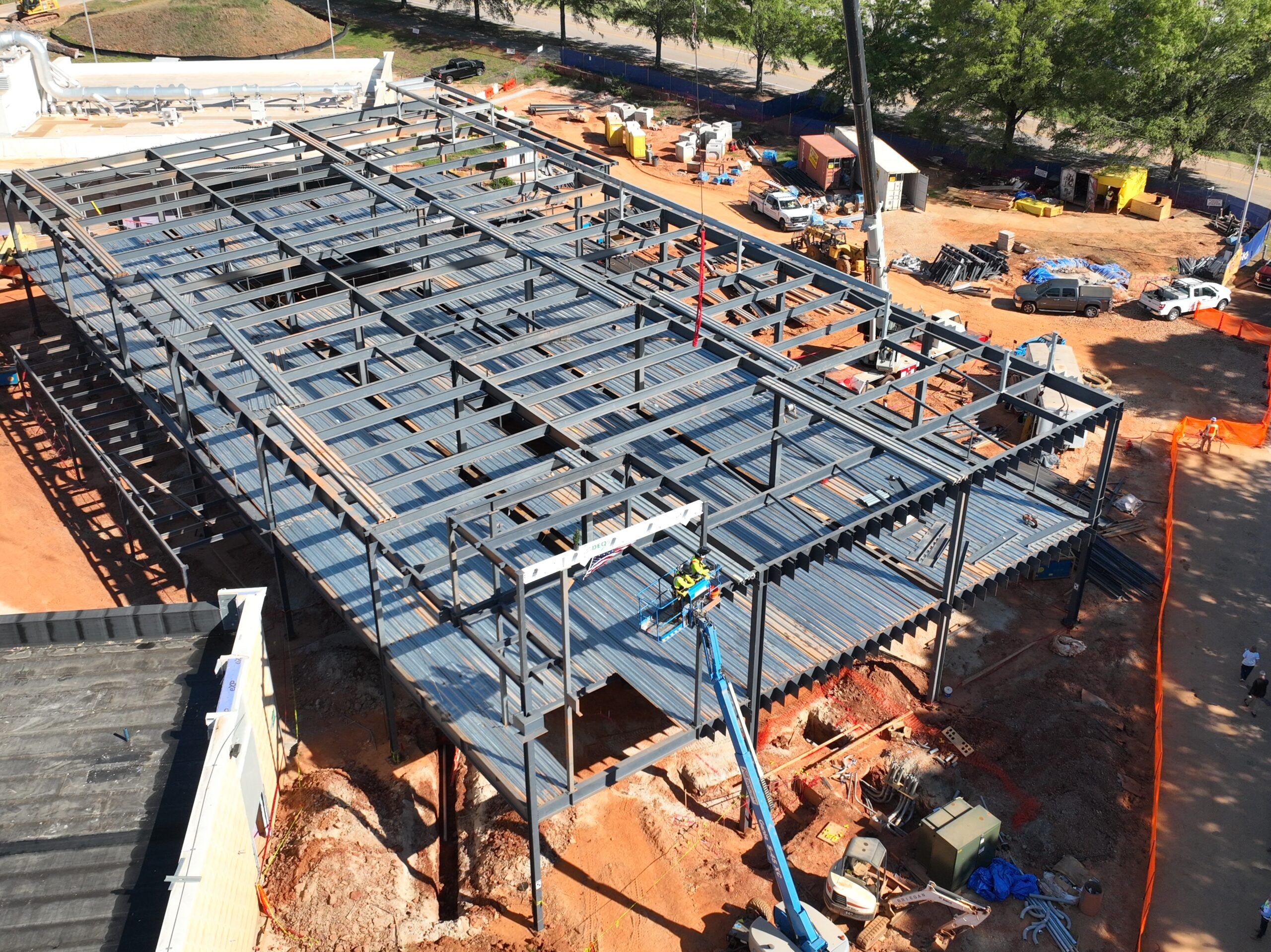Sustainability in construction goes beyond selecting eco-friendly materials and designing energy-efficient buildings. A crucial yet often overlooked component is the sewer infrastructure that supports these projects. Properly designed sewer systems ensure the safe management of wastewater, protect natural resources, and promote healthier living environments. Without reliable sewer solutions, even the most advanced green buildings cannot achieve their full potential.
Why Sewer Infrastructure Matters in Sustainability
Sewer systems are the backbone of modern cities and residential developments. They transport and treat wastewater, preventing pollution and safeguarding public health. When integrated into sustainable building projects, sewer infrastructure reduces environmental impact and supports long-term efficiency.
Water conservation and wastewater management are central to sustainable design. A building that minimizes water usage but lacks an efficient sewer system will struggle to meet sustainability standards. Sewer networks designed with energy-efficient pumping systems, leak-resistant materials, and treatment facilities capable of recycling water contribute directly to eco-friendly goals.
The Connection Between Wastewater and Environmental Health
Untreated or poorly managed wastewater can contaminate groundwater, rivers, and soil. This contamination threatens ecosystems and human health. Sustainable building projects prioritize systems that reduce pollutants and encourage water reuse.
For example, advanced treatment technologies can transform wastewater into reclaimed water for irrigation or industrial applications. Such systems not only reduce the demand for freshwater but also lower the risk of environmental damage. Incorporating these technologies during the planning phase ensures buildings remain sustainable for decades.
Innovations in Sustainable Sewer Design
Modern sewer infrastructure has evolved to address environmental concerns while meeting growing population needs. Key innovations include:
- Green Roof Drainage Systems: Designed to handle stormwater, these systems filter rainwater through vegetation before it reaches sewers. This reduces runoff and lowers the strain on municipal infrastructure.
- Permeable Pavements: These allow rainwater to seep through surfaces and naturally filter into the soil, decreasing the amount of water entering sewer systems.
- Energy-Efficient Treatment Plants: Facilities now employ renewable energy sources and smart technologies to cut down on emissions and operational costs.
When combined with sustainable construction practices, these innovations create a comprehensive approach to resource management.
The Role of Planning and Maintenance
Sustainability requires forward-thinking design as well as long-term care. Sewer infrastructure should be planned with future growth and climate resilience in mind. Extreme weather events can overwhelm traditional systems, leading to flooding and contamination. Sustainable projects take these risks into account by designing sewers with additional capacity and flexibility.
Ongoing maintenance is equally important. Regular inspections and timely repairs extend the lifespan of sewer systems and prevent costly environmental accidents. High-quality materials for sewer lines combined with proactive care ensure efficiency and sustainability.
Economic Benefits of Sustainable Sewer Systems
Investing in sustainable sewer solutions may appear costly initially, but the long-term financial benefits are significant. Efficient systems reduce water waste, lower energy consumption, and minimize the need for emergency repairs. Developers and property owners also gain from higher property values and stronger compliance with environmental regulations.
Communities benefit as well. Reduced pollution levels and improved public health lead to lower healthcare costs and a better quality of life. Governments often support sustainable infrastructure with incentives, grants, and favorable policies, further boosting the economic appeal.
The Future of Sewer Infrastructure in Green Building
As sustainability becomes a priority across industries, sewer infrastructure will continue to play a central role. Building projects of the future will increasingly integrate smart technologies that monitor water flow, detect leaks, and optimize treatment processes in real time.
Partnerships between engineers, architects, and environmental specialists will ensure sewer systems align with broader sustainability objectives. By prioritizing innovation and resilience, future developments can achieve a balance between human needs and environmental stewardship.
Summing Up
Sewer infrastructure is an essential component of sustainable building projects. It supports water conservation, safeguards environmental health, and ensures communities thrive in the long term. By embracing innovative technologies, planning for resilience, and committing to proper maintenance, developers and cities can create infrastructure that contributes to a cleaner and more sustainable future.











